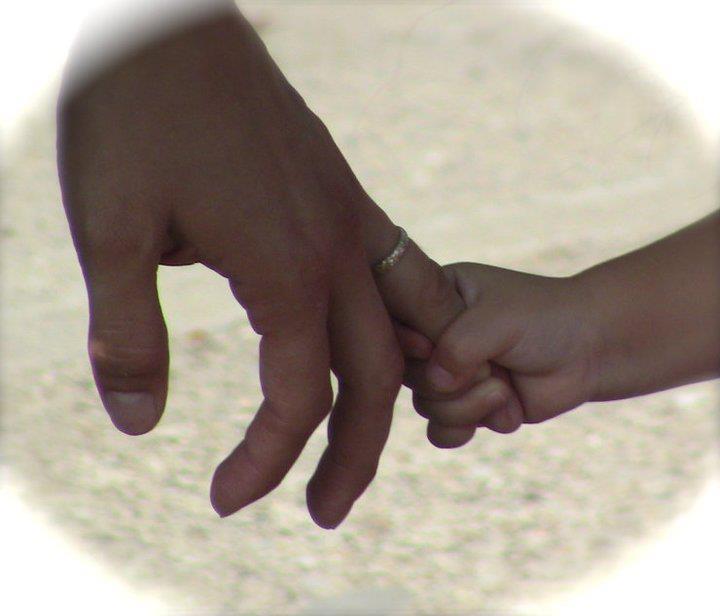Correct answer B. Ulnar wrist extension & ulnar deviation After innervating the extensor carpi radialis brevis (ECRB) and extensor carpi radialis longus (ECRL) at the elbow, the radial nerve divides into the posterior interroseous nerve (PIN) and the superficial branch of the radial nerve. The PIN provides motor function to the following muscles, in order proximal to distal: Supinator, extensor carpi ulnaris, extensor digitorum communis, extensor digiti minimi, abductor policis longus, extensor policis longus, extensor policis brevis, extensor indicis. The pronator is innervated by the median nerve therefore answer (A) pronation, is incorrect. Reference: Rehabilitation of the Hand and Upper Extremity, 6 th edition. Chapter 3: Anatomy and Kinesiology of the Elbow
